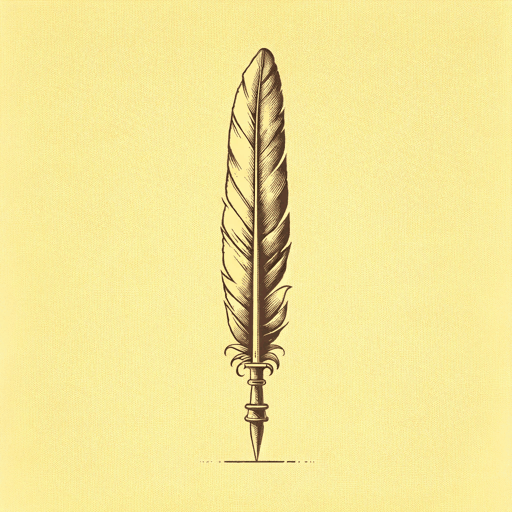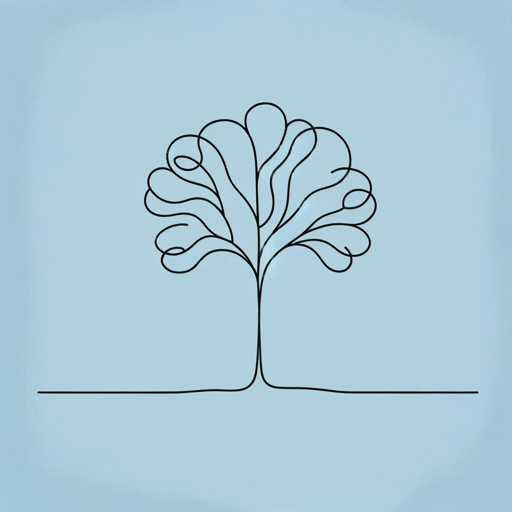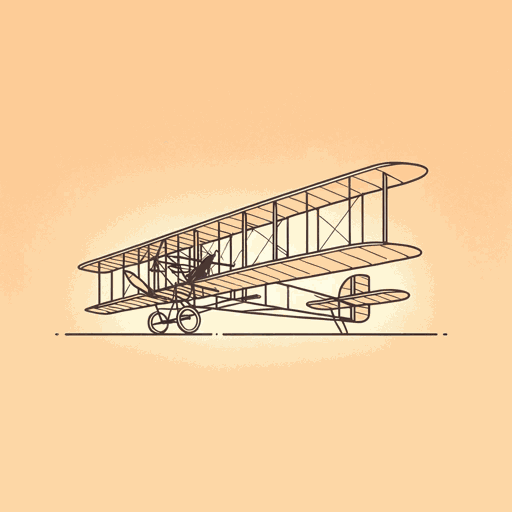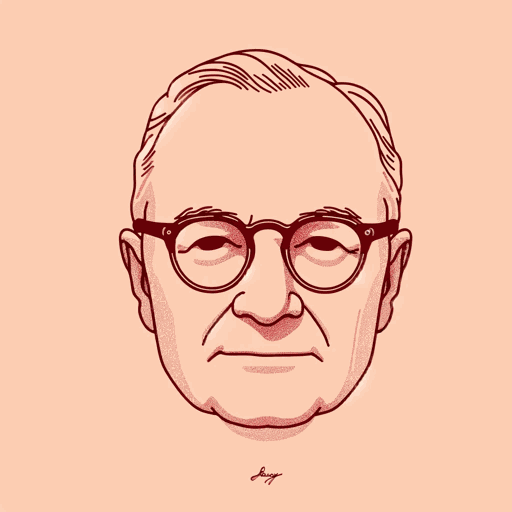63 pages • 2 hours read
David McCulloughTruman
Nonfiction | Biography | Adult | Published in 1992A modern alternative to SparkNotes and CliffsNotes, SuperSummary offers high-quality Study Guides with detailed chapter summaries and analysis of major themes, characters, and more.
Summary and Study Guide
Overview
Truman is a biography of Harry S. Truman, the 33rd President of the United States, written by David McCullough and published in 1992. McCullough (1933-2022) was a well-known writer specializing in US history. The book won the Pulitzer Prize in the Biography/Autobiography category along with several other awards. In 1995, Truman was made into a film with the same name in which the actor Gary Sinise portrayed the president.
The book traces Truman’s life from his farming ancestors to his political career as senator, vice president, and president. McCullough begins in the antebellum era tracing the migration of Truman’s ancestors to western Missouri. One of McCullough’s main themes is Truman’s rise from a relatively humble background—as compared to privileged East Coast politicians—to the highest levels of power. In his view, Truman personified an American by-the-bootstraps ideal thanks to his hard work, honesty, integrity, and resilience.
Truman comprises six parts and 18 chapters. Each part focuses on a major period in the subject’s life. The first part discusses the future president’s ancestors, his early years on a farm, his schooling, and his experience in World War I. The next part is about his entry into Missouri politics as a county judge, getting elected as a Democratic senator, and becoming vice president. Part Three is about Truman’s rise to the presidency following Roosevelt’s death in 1945, the end of World War II, and the decision to use the atomic bomb. Parts Four and Five examine Truman’s two terms as President, the challenges he faced in the early Cold War domestically and abroad, and his seemingly unlikely reelection in 1948. The book concludes with Truman’s retirement from politics and his return to ordinary life until his death in 1972.
McCullough relies on a multitude of sources including letters and other types of personal correspondence between family and friends, newspapers and magazines, interviews, legal and military documents, personal records such as diaries, and oral histories, as well as the many official sources documenting Truman’s political career. For example, the correspondence between Truman and his wife, Bess, is a major source for most of this biography. It is also one of the most unique aspects of this text. The author often explicitly informs the reader of his sources to differentiate between factual information and people’s recollections, opinions, and feelings. This approach allows McCullough to achieve a certain level of objectivity.
Historical details help the author situate Truman’s life against the backdrop of broader social, economic, and political circumstances. At times, Truman is merely a participant swept up in the events. Other times, he has the power to shape them, especially after becoming president. However, the details of Truman’s life—and those around him—along with his character formation take precedence over these historic circumstances in McCullough’s narrative. In many cases, McCullough relies on the vignette style to highlight certain historical developments. The microhistory of Truman’s experiences provides a glimpse into the microhistory of major global changes. This approach is one of social history focused on ordinary people.
Yet McCullough’s approach shifts when Truman becomes president. The author treats him as a proverbial “great man” shaping events rather than simply being shaped by them. The key events of Truman’s tenure as president discussed in this book include Allied victories in Europe and Japan in 1945, the atomic bombings of Hiroshima and Nagasaki, the Truman Doctrine and the policy of containment, the Marshall Plan and the Four Point Program, the establishment of NATO and the CIA, the Berlin Airlift and the growing tensions with the Soviet Union, the arms and nuclear race, and the Korean War. By and large, the author discusses these events from the point of view of Truman and his staff in the State and Defense Departments rather than engaging in historiographic analysis. Overall, McCullough presents a picture of Truman as a man who is flawed yet likable and relatable. McCullough’s writing style is engaging, and he discusses difficult subjects comprehensively. The book features an impressive level of research and information but may require additional historical reading to properly situate Truman’s life and decisions in the global events from this time.
Related Titles
By David McCullough

1776
David McCullough

Brave Companions
David McCullough

John Adams
David McCullough

Mornings on Horseback
David McCullough

The Great Bridge
David McCullough

The Greater Journey: Americans in Paris
David McCullough

The Johnstown Flood
David McCullough

The Path Between the Seas
David McCullough

The Pioneers: The Heroic Story of the Settlers Who Brought the American Ideal West
David McCullough

The Wright Brothers
David McCullough
Featured Collections
Books on Justice & Injustice
View Collection
Books on U.S. History
View Collection
Challenging Authority
View Collection
National Book Awards Winners & Finalists
View Collection
National Book Critics Circle Award...
View Collection
Nation & Nationalism
View Collection
Politics & Government
View Collection
Power
View Collection
Pulitzer Prize Fiction Awardees &...
View Collection
True Crime & Legal
View Collection
War
View Collection
World War II
View Collection

